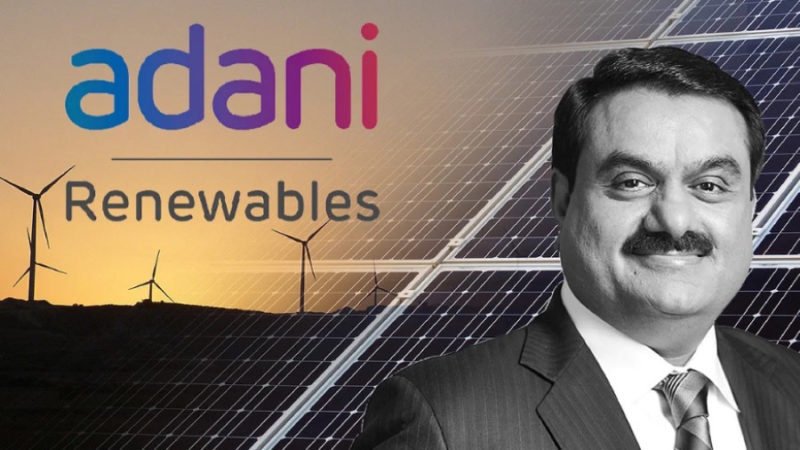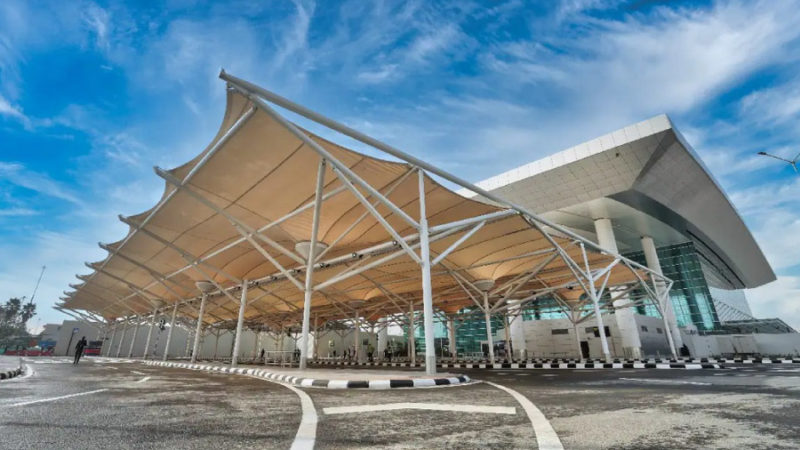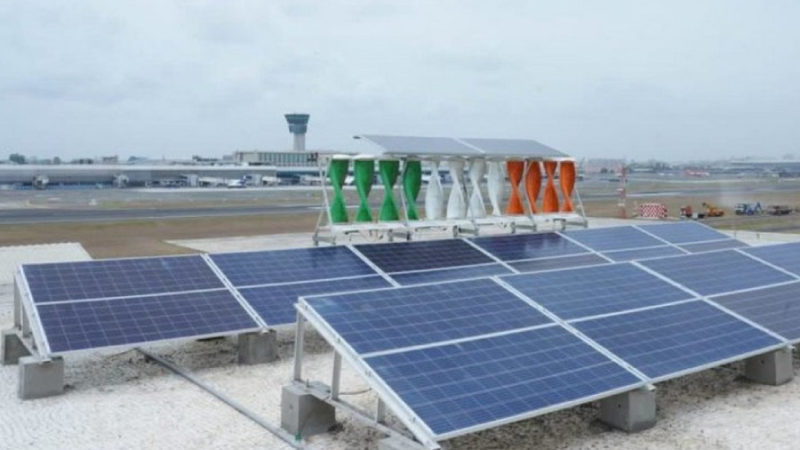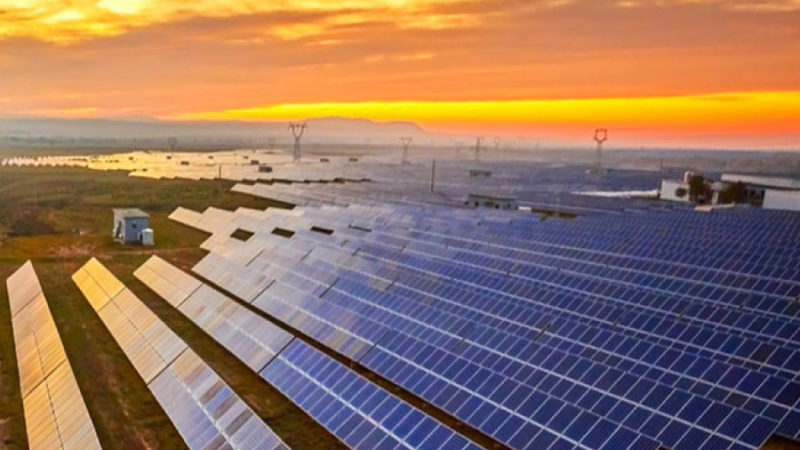Unified Critical Communications – powering the ‘Smart Grids’ of tomorrow

Authored Column by Shriprakash R. Pandey, CMD, COMMTEL that gives an insight into how Unified Critical Communications (UCC) when integrated into power systems, helps Grids become “smarter” by providing better sensing, control, and communication capabilities.
Increasingly, we attribute the term “smart” to technology that enables humans to advance at a rapid rate and automate processes. Technology will empower us to transform further our industries and lives as we move forward. Within two decades, we have gone from smartphones to smart homes. These ‘smart’ changes are also occurring in an aspect of our life which we often do not give a second thought to, Electricity!
The (power) grid is the network for delivering electricity to consumers. And the grids are becoming smart. However, before we talk about smart grids, we must first understand what an electric grid is. A vast network of transmission lines across the countryside, including the substations, transformers, and distribution lines, ensures electricity from the power plant to your property. The electric grids have enabled us to distribute power seamlessly across various terrain; a marvel of technology.
Traditional electric power grids have played a crucial role in our electricity infrastructure for decades, but they only provide a one-way flow of electricity. It can cause issues and result in data loss throughout the transfer procedure. In the age of smart technology, a new type of electric grid – that is responsive, efficient, and future-proof is required.
Over the next few decades, cities need grids that automate and manage the increasing demand, growing complexity, and expanding electricity requirements. Between generating stations, transmission grids, load dispatch centres, substations, and consumers, smart grids are designed to allow two-way electricity and information transfer seamlessly.

In the traditional power grids, communication is an essential component that has enabled safety, automation, and efficiency. With the introduction of smart grids, the communications footprint has grown to include generation and distribution, including all other aspects of the power business. Smart Grids allow automation of the real-time demand-supply to area-level substations and improve the performance of distribution networks via smart metering. They further help in raising the efficiency of electricity delivery.
Unified Critical Communication solutions are needed to keep up with the demands of the new smarter grids by incorporating cutting-edge innovations in information and communication technologies and combining them with both legacy power infrastructure and the most recent advances.
The energy environment will change even faster in the coming decade when compared to the transformation earlier in the century. Grids will have to get smarter at the edge, right at the consumer premises, with due emphasis on renewables and decarbonization to assure sustainability.
The future lies in using advancements in edge intelligence and data analytics. Smart grids are set to be ‘smarter’ to achieve next-level performance, efficiency, sustainability, and energy security, thanks to sophisticated control systems and an explosion of data powered by IoT sensors installed at every level – from generating stations to consumer meters. Future power grids will evolve into complex cyber-physical systems that seamlessly integrate the digital and physical worlds.
The confluence of the flow of power and information is at the heart of the smart grid. Grids become “smarter” with better sensing, control, and communication capabilities when Unified Critical Communications (UCC) is integrated into power systems. For starters, the UCC can assist with data analysis on the generation, collection, and response to help in the grid’s reliability than ever possible before.
From ultra-mega conventional power plants to thousands of smart households with low-capacity renewable energy units, UCC will have the grid work in synergy with all these different scenarios. Future smarter grids will combine non-renewable and renewable energy sources to enable granular demand and supply control, lowering energy losses and increasing efficiency, resulting in better sustainability.
The essential smart-grid concept, of two-way energy exchange and communications, is enhanced by Unified Critical Communications. It communicates through a variety of communication technologies and protocols to offer a single data plane throughout the power system tiers.
UCC ensures the availability of data for important automation, decision-making, and control tasks in real-time, besides the two-way energy exchange – by providing a seamless interface and tight integration between the communication layers at every level of the power system.
The objective of UCC is to unify underlying communication systems by using data that travels via diverse channels and enabling and offering better, more efficient, fault-tolerant, and real-time cooperation between machines and various stakeholders. It enables data to flow securely from beginning to end and provides unique solutions to cope with today’s cyber dangers facing industrial networks by incorporating and integrating with cutting-edge cyber-security platforms, as well as its inherent data analytics capabilities.
Individual system nodes in a ‘smarter’ grid are set up in separate contexts and have specific performance requirements based on their importance to the overall system. Unified Critical Communications, with its inherent ability to transport and transform large-scale data in a variety of forms and formats, allows each sensor and monitorable parameter to be used across millions of disparate components, allowing for unprecedented visibility and insights into system operations.
CN-SHIELD, one of our UCC offerings, is an artificial intelligence software solution that unifies communication platforms across layers, monitors and analyses data, and implements faster and more coherent 360-degree protection.
A smart grid becomes smarter, more reliable, and more flexible when it uses Unified Critical Communications. Real-time information interaction, trustworthy asset supervision, and load control are all aided by the improved communication infrastructure.
More creative energy services, such as peer-to-peer electricity trading, customers or consumer groups with captive renewables participating in energy and carbon-credit exchanges, and so on, will soon be available thanks to smarter grids. Smarter grids are the solution in the not-so-distant future and UCC is the highway that will make this journey faster and better.

Shriprakash R Pandey is the CMD of Commtel, a global engineering, and technology company providing high-performance digital communication, surveillance, security, safety, AI SOLUTIONS in the critical national infrastructure.
Connect with Power Insight: Facebook | LinkedIn | Twitter








